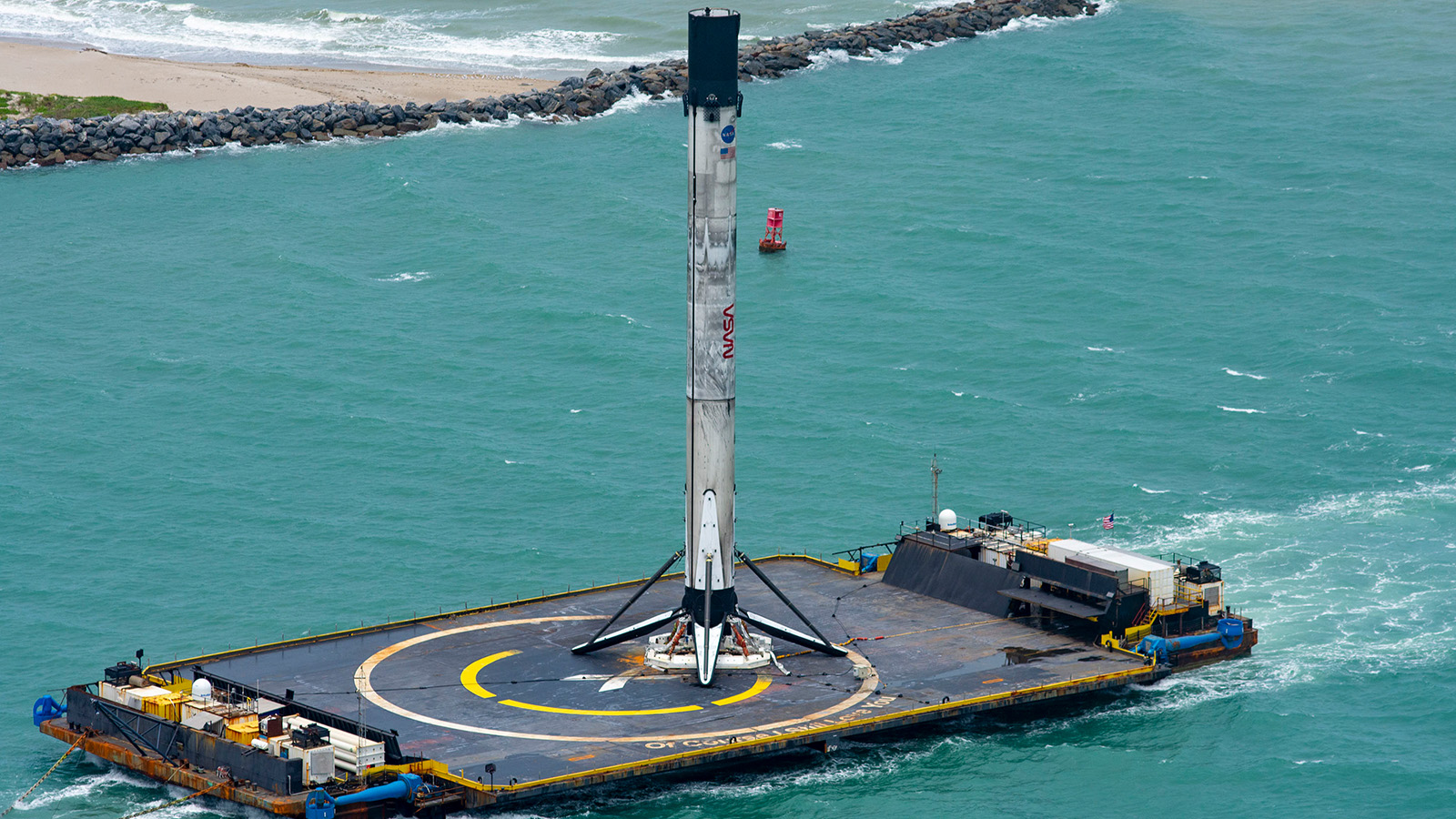Stay Up to Date
Submit your email address to receive the latest industry and Aerospace America news.
The Reusable Launch Vehicles Technical Committee promotes the development and implementation of operationally responsive and economically viable commercial, military and civil reusable launch vehicles and systems for space access and global reach.
In March, Virgin Galactic released images of VSS Imagine, its updated air-launched reusable rocket spaceplane. The first of the Spaceship III series, Imagine is designed to make construction and maintenance easier as the company increases its flight tempo. Virgin is also working on its Delta class of vehicles to increase its flight tempo toward the company’s goal of 400 flights per year. Virgin Galactic completed its first spaceflight with passengers in addition to pilots in July from Spaceport America in New Mexico, when the two pilots took four passengers to an altitude of about 86 kilometers.
In January, Blue Origin flew its human-outfitted capsule on a reusable suborbital New Shepard rocket from the company’s West Texas facility. Blue Origin progressed toward its goal of human spaceflight with the second launch of the year in April, during which Blue Origin employees standing in for spacefligh participants entered the capsule prior to launch and after landing to perform a series of tests and evaluate operations. In July, Blue Origin made its first human flight with four people on board, culminating 20 years of development.
Blue Origin also continued to participate in research payload operations. In March, NASA’s Flight Opportunities program contracted with the company to develop and fly a mission to simulate lunar gravity during a suborbital flight by spinning a capsule. Demonstrating a quick turnaround of its reusable launch capability, Blue Origin conducted a flight in August carrying NASA, industry and academic payloads.
SpaceX continued to reuse boosters to reduce cost and improve launch turnaround times. Booster 1051, originally built and flown for NASA’s Crew Demo-1 mission, had made 11 total flights (10 reflights) as of November. And B1061, originally flown for Crew-1, was launched again for the Crew-2 mission in April.
The National Security Space Launch program approved SpaceX to use previously flown boosters. B1062, originally flown for GPS-III-4 in 2020, carried the GPS-III-5 satellite into orbit in June, saving tens of millions of dollars in launch costs. In November, Falcon 9 booster 1058 took flight for the ninth time to lift 53 Starlink internet communications satellites into low-Earth orbit. Efforts are underway under the NASA Commercial Crew Transportation Capability contract to allow multiple reuses of Falcon 9 rockets for crewed missions. As of November, SpaceX had reflown its Block 5 boosters 61 times for 80 total launches.
In November, Rocket Lab of California completed the third ocean recovery of the first stage of its Electron rocket under a parachute. The company retrieved it as part of a test of its reusability plan. Japanese car maker Honda announced in September that it is developing a partially reusable launch vehicle for small satellites.
In July, the China Aerospace Science and Technology Corp. announced completion of a secret first test flight of a reusable suborbital vehicle. The Russian space agency, Roscosmos, said in July that it plans to develop a two-stage rocket called Amur, whose first stage will return to Earth for vertical, powered landings. In August, Russia said that it will create a reusable space freighter to replace Progress resupply ships. In October, Russia announced that it will build a prototype of a Krylo-SV reusable wing-deployable space rocket by late 2022.
Stay Up to Date
Submit your email address to receive the latest industry and Aerospace America news.




